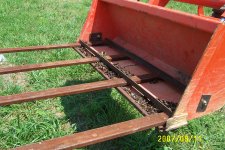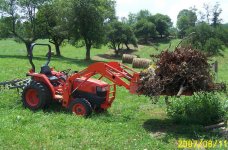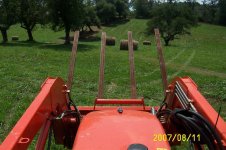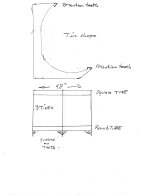2manyrocks
Super Member
- Joined
- Jul 28, 2007
- Messages
- 7,317
Many have built their own brush forks at TBN for years now sticking to pretty much straight lengths of stock probably for ease of fabrication, ready access to straight tubing, and cost.
Looking at the way grapples are being built, many have curved tines that would seem to resist bending and would seem to better nestle material than plain straight forks. Similar curved tines for brush forks could be cut with a plasma cutter.
I'm seriously thinking about making a set of forks and wondering if curved tines are the way to go?
Looking at the way grapples are being built, many have curved tines that would seem to resist bending and would seem to better nestle material than plain straight forks. Similar curved tines for brush forks could be cut with a plasma cutter.
I'm seriously thinking about making a set of forks and wondering if curved tines are the way to go?




